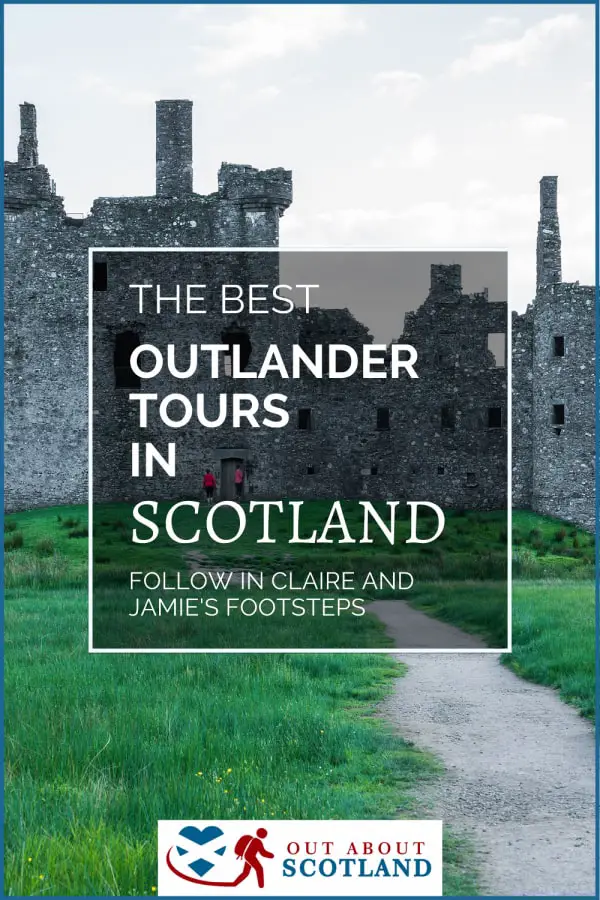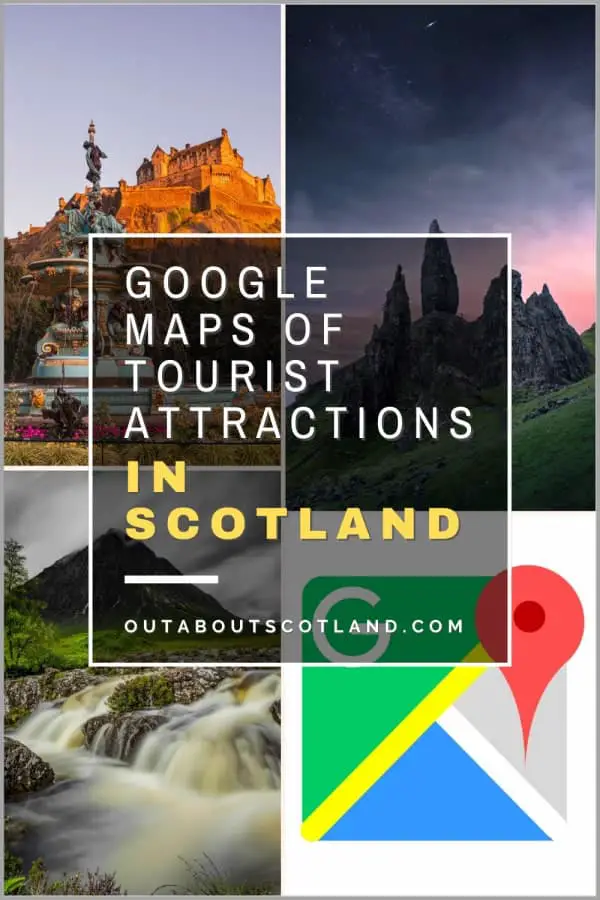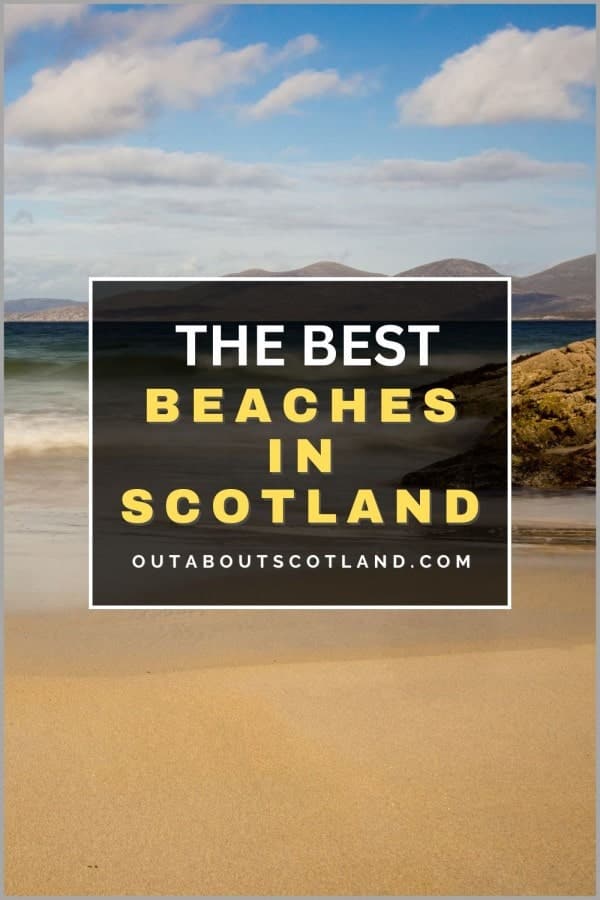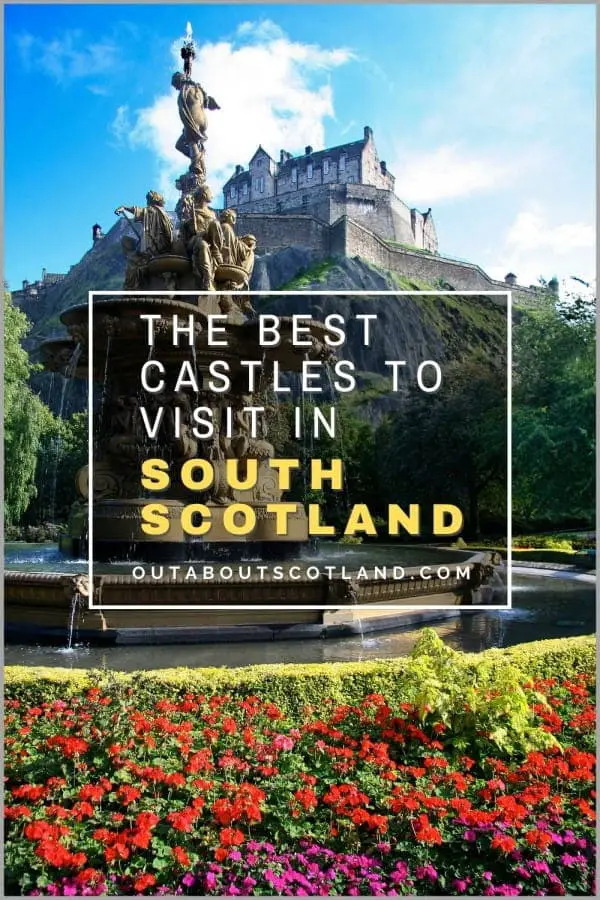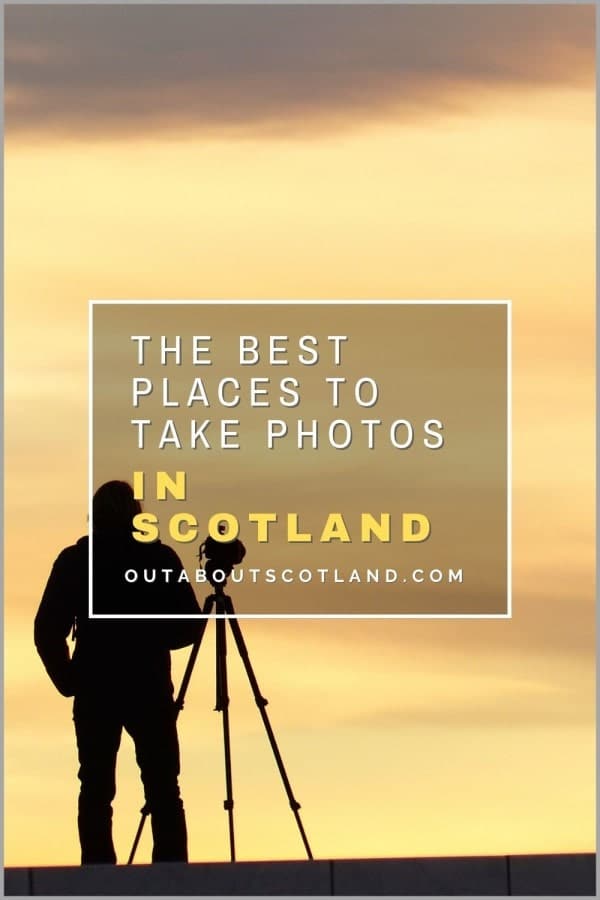The TV show Outlander has created a whole new generation of tourists who are keen to explore its filming locations in Scotland. There are hundreds of specialist Outlander tour operators who will take visitors around the country to see where the most famous scenes were filmed—but which are the best ones?
In this article, you’ll discover the best Outlander filming locations in Scotland as well as the best Outlander tours that you can join.
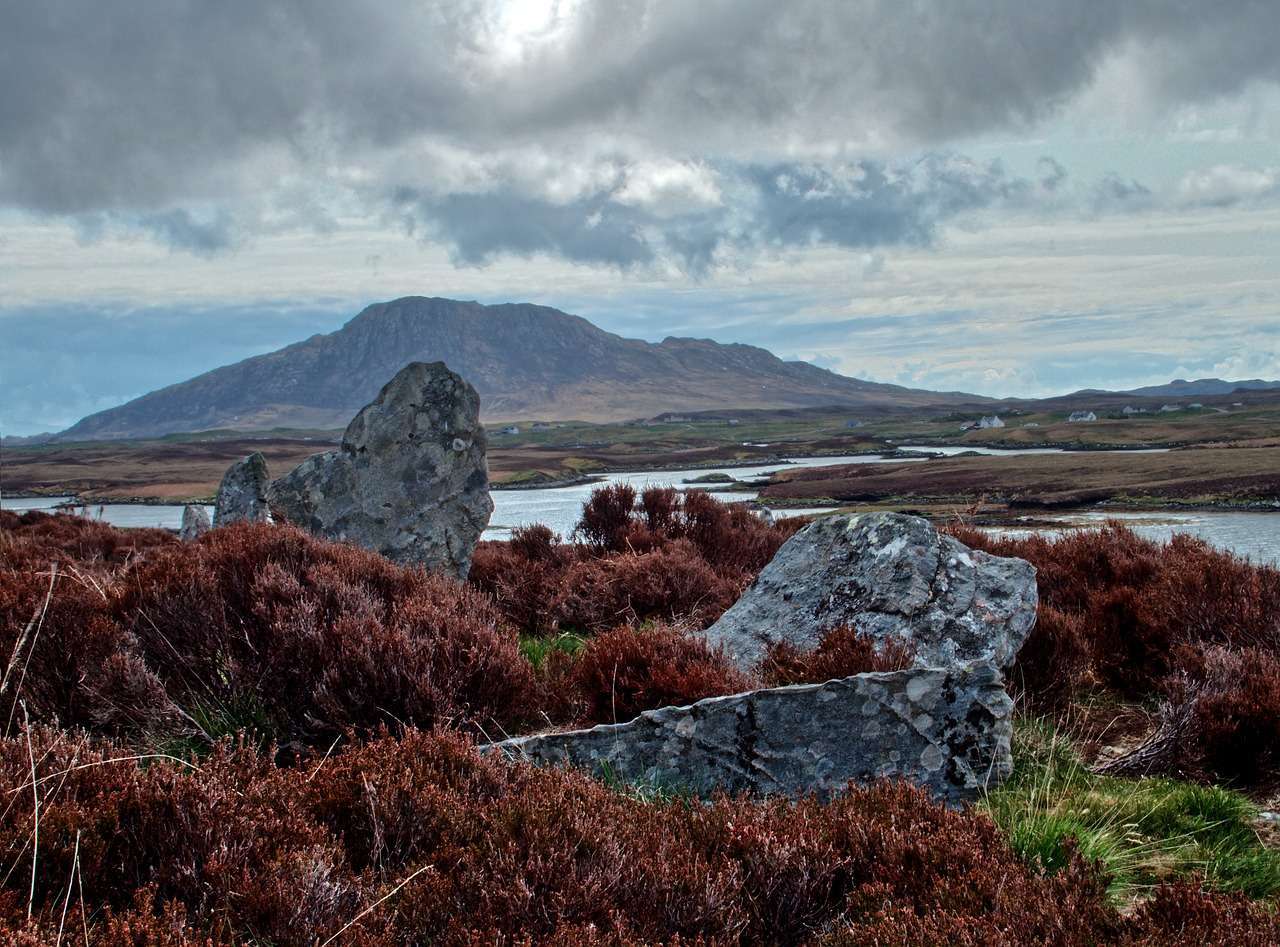
Outlander Filming Locations
Aberdour Castle (Abbey of St. Anne de Beaupre). This is where Claire helps Jamie recover from his injuries after that horrific torture scene in season one. Although the Benedictine monastery is set in France, the filming location was created inside the castle in the village of Easter Aberdour in Fife. Built in the 12th century, Aberdour Castle is one of the oldest intact fortifications in Scotland.
Beauly Priory. The remains of this Benedictine abbey church are located on a bend of the River Beauly, 16 miles west of Inverness. The surviving church takes the form of a cross, which is surrounded by burial monuments from the 1400s up to the 1800s, with an enclosing stone wall separating it from the modern housing estate with which it borders.
In Outlander, Beauly Priory was the burial site of the Fraser clan and the setting where Clair and Jamie met the mystical seer Maisri prior to the Battle at Culloden.
Blackness Castle (Fort William). Also known as ‘the ship that never sailed’ due to its unusual bow-like front, Blackness Castle dominates the coastline of the Firth of Forth a few miles west of Edinburgh. The TV show’s Fort William was the 15th-century fortress, where Black Jack brutally beat Jamie.
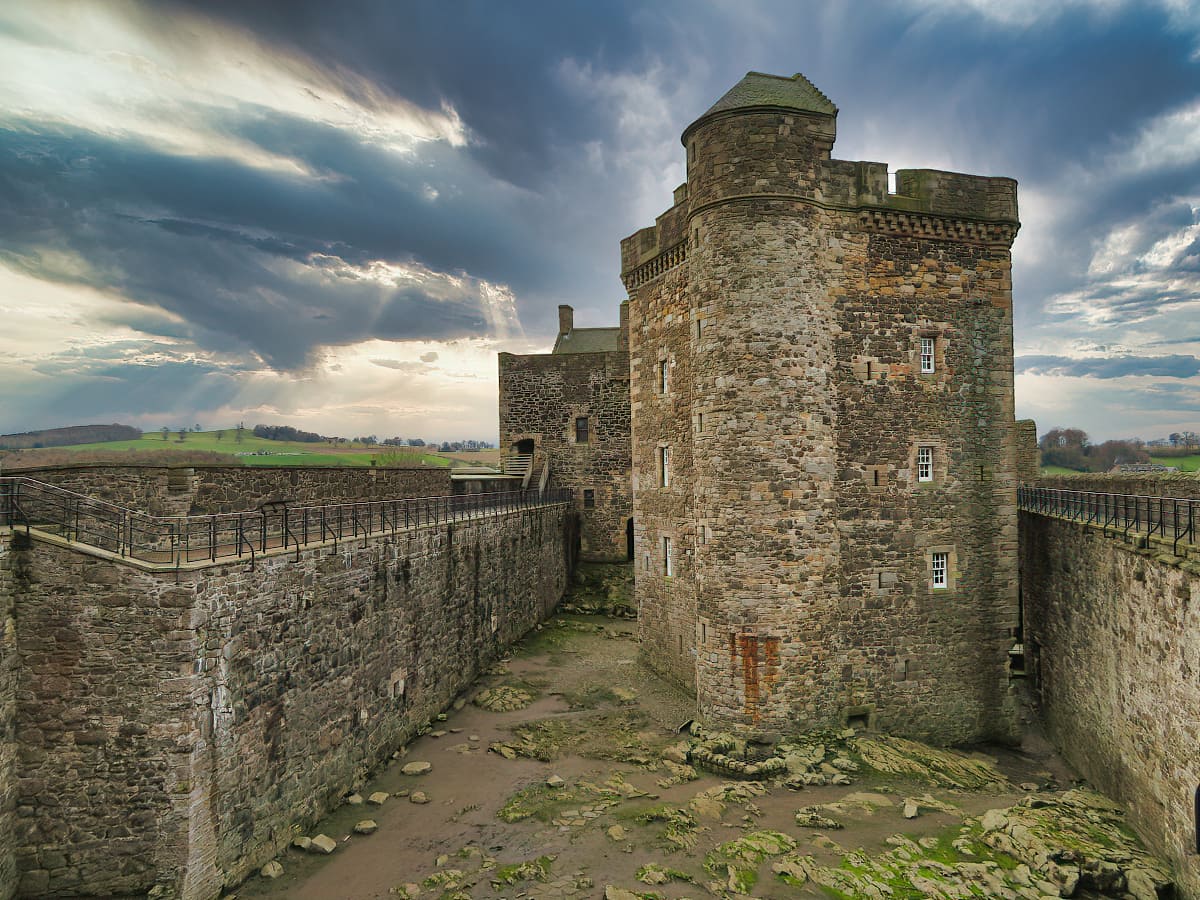
Boness and Kinneil Railway station. This attraction near the Firth of Forth lies twenty miles west of Edinburgh. The Scottish railway museum was a popular tourist destination long before Outlander became popular thanks to the restored railway buildings and carriages that you can walk around and the diesel and steam locomotives that you can take trips on.
The station was used in the tear-jerking scene where Frank says goodbye to Claire as she heads off to war in episode three of season one.
Callendar House. Remember the scene where Murtagh kills the Duke of Sandringham in season two? It was supposedly set in the kitchen of the Duke’s home, which was filmed in Hopetoun House for almost every other scene, but the crew moved to Callendar House to portray his kitchen. You’ll find Callendar House in Callendar Park near Falkirk, which is slightly north of, but midway between, Edinburgh and Glasgow.
Clava Cairns. These ancient stone circles and burial chambers date back to the Bronze Age, which puts them around 4,000 years old. Although they’re remarkably well preserved, little is known of the people who built them or why the stones were placed on the site a few miles north of what is now Inverness.
There are two sections of Clava Cairns: Balnuaran of Clava and Milton of Clava, and it’s the former that is said to have inspired the story of Craigh na Dun in the Outlander novels.
Culross (Cranesmuir). Due to the National Trust for Scotland’s attention to it, the village of Culross has remained largely unchanged since the 18th century. Although the highlight is Culross Palace (a lovely yellow-painted townhouse from the 16th century), the entire village is a living museum, and it’s an incredibly atmospheric place. The village was used to portray the fictional settlement of Cransemuir in season one.
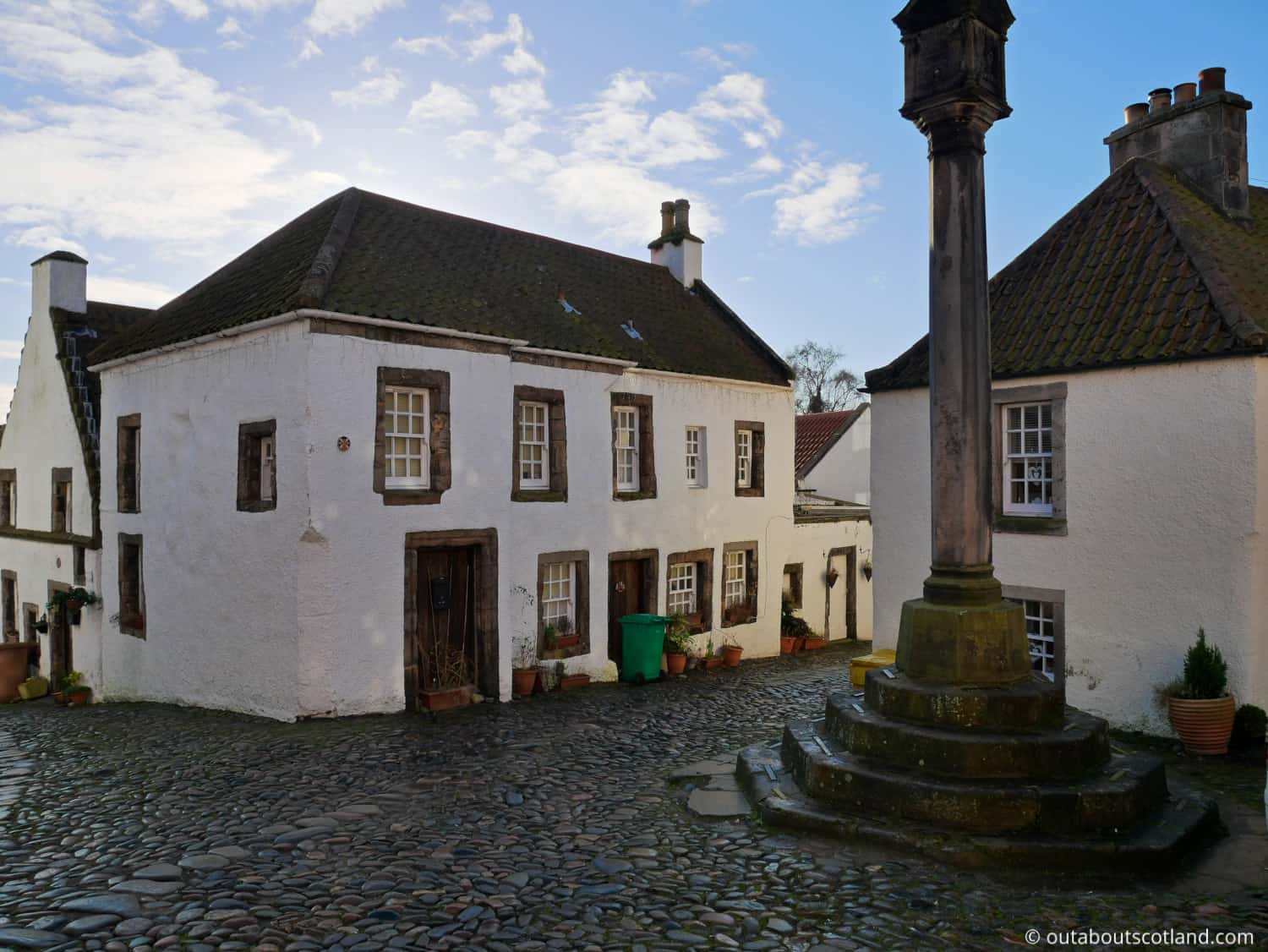
Deanston Distillery. Although this whisky distillery was reimagined as a warehouse in France (as seen when Claire helps a sailor with smallpox in season two) I’m including it in this article because it’s close to Doune Castle so it’s usually included in Outlander tours.
Doune Castle (Castle Leoch). Castle Leoch is the seat of power for Clan Mackenzie which is where many of the main characters were introduced in the first few episodes. In real life, you’ll find the castle in the village of Doune, about nine miles northwest of the city of Stirling.
Falkland (Inverness). Inverness is known as the capital of the Highlands and it’s quite a tourist destination in its own right thanks to its location on the northern tip of Loch Ness. For whatever reason though (probably because it’s closer to Edinburgh), the rural town of Falkland in Fife was used as Inverness’s filming location.
In Outlander Claire and her husband Frank spend their honeymoon at Mrs Baird’s B&B in Inverness, which is actually the Covenanter Hotel in Falkland.
Glencoe. This spectacular part of Scotland needs no introduction. Located mid-way between Bidean Nam Bian mountain and the village of Glencoe, this stunning glen sets centre stage in the opening credits of every episode in season one.

Highland Folk Museum (MacKenzie Village). You’ll find the Highland Folk Museum around 45 miles south of Inverness. This attraction is designed to bring the old Highland traditions back to life and it manages to successfully balance the line between entertainment and education.
Because there are so many faithfully recreated cottages in the museum it was chosen to portray a typical Highland village of the era when Claire and Jamie help Clan Mackenzie collect taxes from the resident farmers.
Hopetoun House (Duke of Sandringham’s residence). Edinburgh and the surrounding area is the host of the majority of Outlander’s filming locations and this beautiful 17th-century country house located a few miles west of the capital is no exception.
Hopetoun House was used extensively in seasons one, two and three where it’s recognisable as the home of the cunning Duke of Sandringham. See my Guide to Hopetoun House for more information about it.
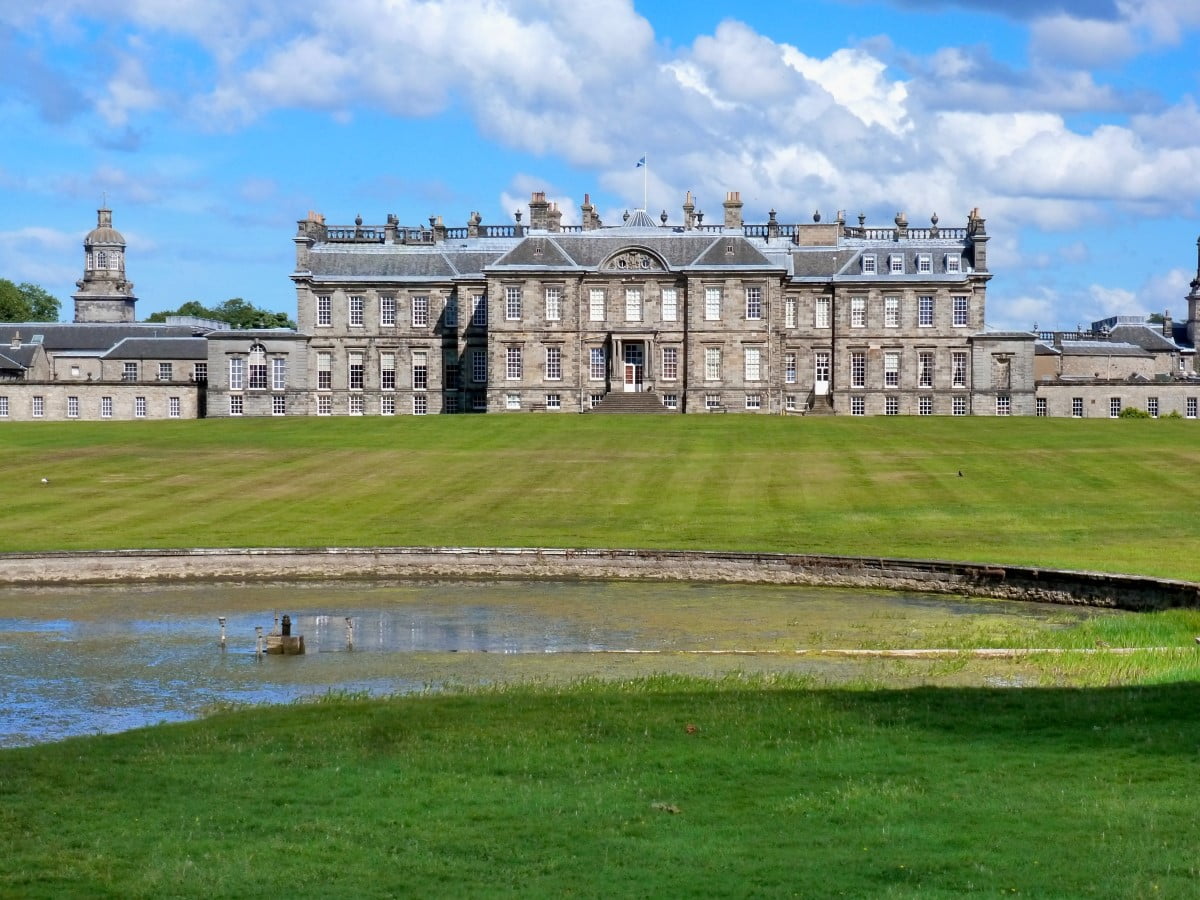
Kinloch Rannoch (Craigh na Dun). Craigh na Dun is a filming location that isn’t quite what you might think it is in real life. You’ll find the site a few miles north of Shiehallion mountain near Tay Forest Park in the middle of wild and windswept farmland that’s privately owned but is open to viewing by the public.
The hillock where Claire travelled through the stones overlooks Dunalastair Water and the River Tummel so you’ll get a lovely view from the top, but forget trying to touch the stones as they’re no longer there. The film crew used fake polystyrene models that have long since been removed.
Linlithgow Palace (Wentworth Prison). At one time the 12th-century Linlithgow Palace was one of the most important royal fortresses in Scotland thanks to its position midway between Edinburgh and Stirling. Today it’s almost completely in ruin, but as it’s managed by Historic Environment Scotland you can visit it and explore almost every nook and cranny during a self-guided tour.
In the TV show, Linlithgow Palace represented Wentworth prison where Jamie was tortured by Black Jack. As it’s only 15 miles west of Edinburgh it can easily be combined with a visit to the city. If you want to learn more about it read my Guide to Linlithgow Palace.
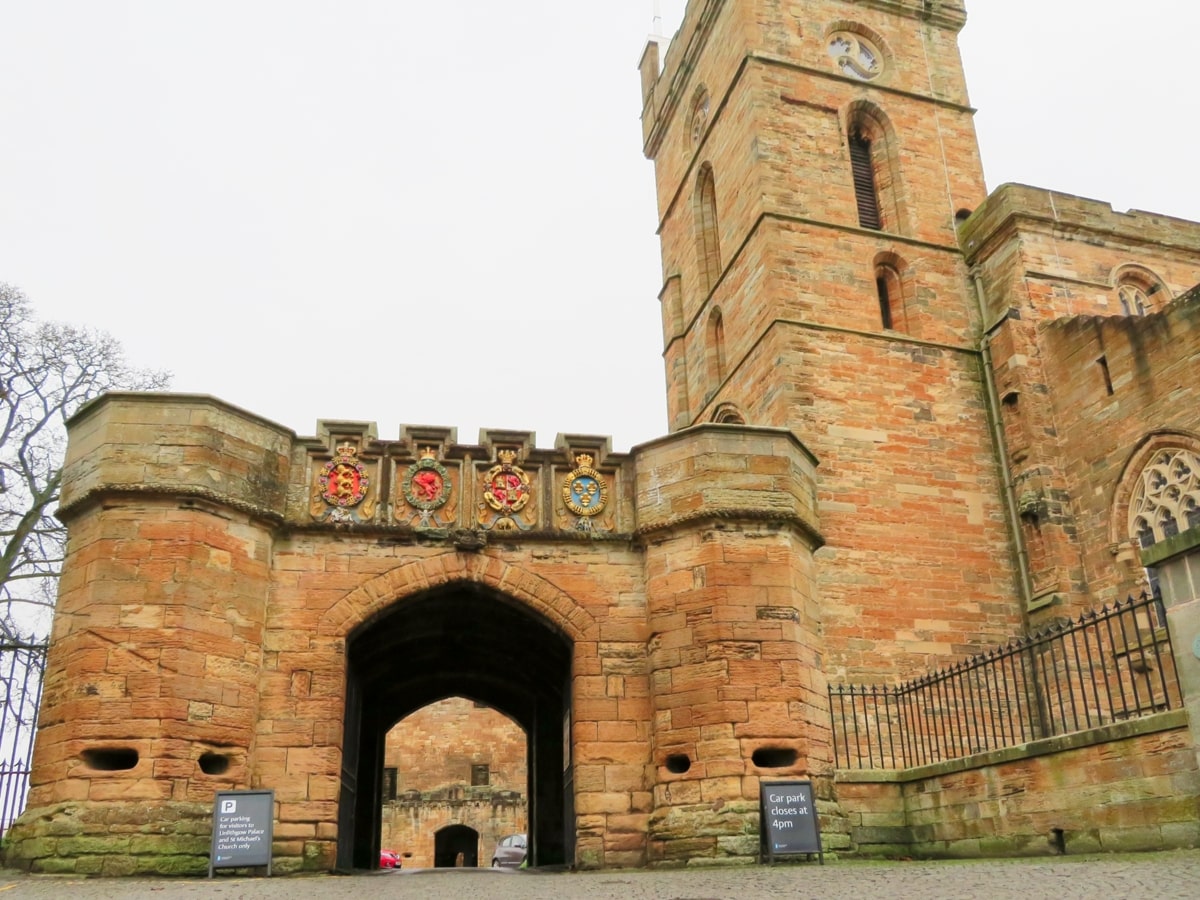
Midhope Castle (Lallybroch). If you remember the scenes where Jamie stays with his sister Jenny and her husband Ian in the Fraser ancestral home, you’ll no doubt recognise Midhope Castle. The 16th-century tower house featured heavily in seasons one and two which is why it’s become a favourite place to visit on an Outlander pilgrimage – even though it’s entirely in ruin and not open to the public due to the fact it’s so dilapidated inside.
Midhope Castle is a part of the Hopetoun House estate so it may be opened up to tourists one day, but that isn’t being planned at the moment. If you want a visit outside of a guided tour see the Hopetoun House website for details.
Pollock Country Park and Pollock House is an enormous public park located a few miles south of Glasgow city centre. Because the park is so expansive it’s difficult to say exactly where scenes from Outlander were filmed but it’s known that the area around Pollock House was used as the Carolina Scottish festival in season four and the French countryside for the duel between Jamie and Black Jack in season two.
Preston Mill (Lallybroch) is another historic site near Edinburgh that was used during the filming of Outlander. The mill is managed by the National Trust for Scotland which has restored the water wheel and Dutch-style doocot (used to keep pigeons) back to their former glory and it’s now a popular attraction.
Preston Mill portrayed the part of the Lallybroch estate in season one as well as a courtroom where Geillis Duncan and Claire were accused of witchcraft. You’ll find more information about it in The Complete Guide to Preston Mill.
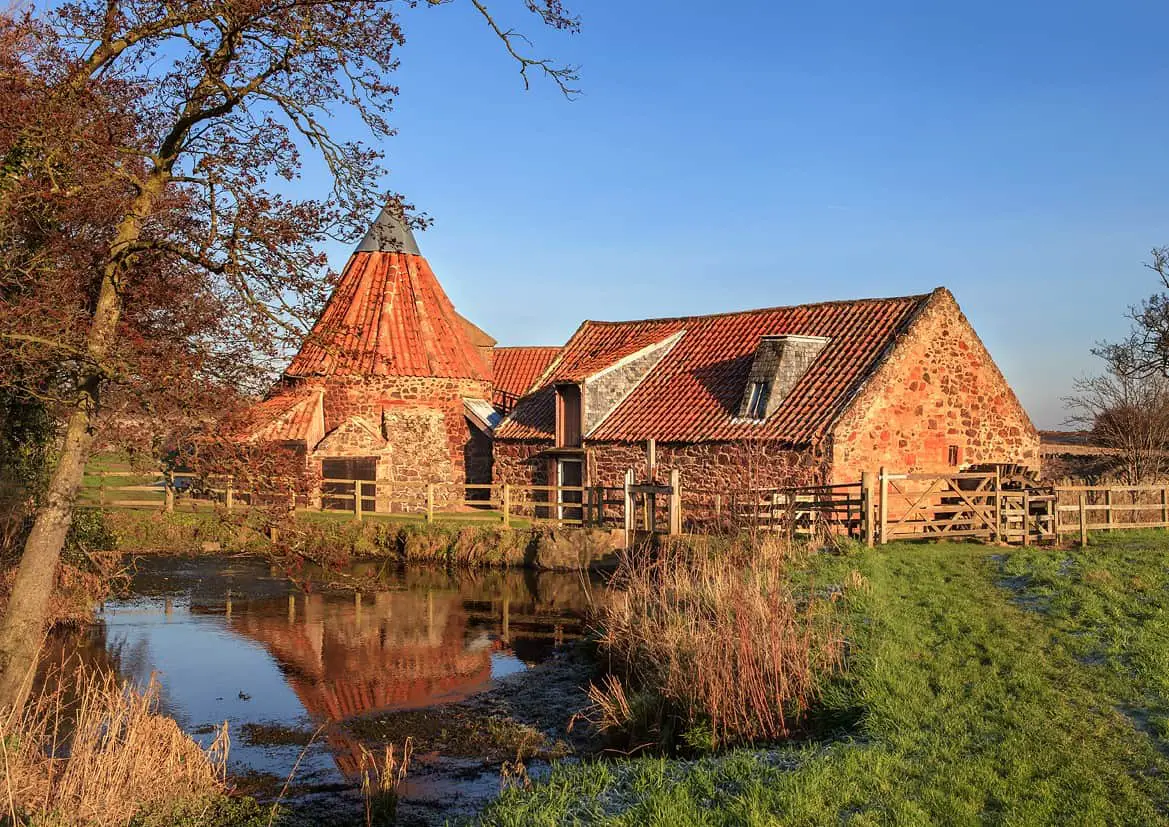
The Reaper Tall Ship (Cristabel). When Jamie and Claire board the Cristabel on their way to France the vessel they sail on is actually moored up in the small fishing village of Anstruther on the eastern coastline of the historic Kingdom of Fife. The Reaper is a restored fishing vessel of the type that was used extensively in Scotland in the 19th century but this particular model is one of the last, built in 1902.
Although Anstruther isn’t on any of the Outlander tours in the list below it’s definitely worth visiting because it’s a pretty wee place with lots of quaint shops, the Scottish Fisheries Museum, and a picturesque harbour.
Wardlaw Mausoleum. This graveyard was built in 1634 as the burial place for the Lovat Frasers and it’s the final resting place of the clan chief Lord Lovat. The mausoleum is located in the small village of Kirkhill a few miles east of Beauly Priory so it’s often included in Highlands Outlander tours. There’s a mixture of reality and fiction at this historic site as the real Lord Lovat was one of the leaders of the Jacobite rebellion and he was also named as Jamie Fraser’s grandfather in the TV show.
There are several lead coffins in an underground chamber beneath the mausoleum which includes the headless 11th Lord Lovat who was executed in the Tower of London.
Outlander Tours From Edinburgh
Outlander Tours From Glasgow
Outlander Tours in the Highlands
Reasons to Take an Outlander Guided Tour
1: Although some of Outlander’s filming locations are easy to find, many are located in the middle of nowhere in places that are extraordinarily difficult to get to. Letting someone else do all the driving is a good way to save wasted hours with a complicated map trying to follow unfamiliar roads.
2: Scotland’s transport is great near the cities but is famously poor the further you head into the countryside. If you were hoping to see all of Outlander’s filming locations using public transport I’m afraid you’re going to find it pretty much impossible. An example of this is Hopetoun House which takes over an hour to walk from the nearest train station.
3: Many of the filming locations used in Outlander have exploded in popularity, especially already-busy sites like Doune Castle, which was also the setting for Monty Python and the Holy Grail and Game of Thrones (Doune Castle’s visitor numbers have increased 90% since Outlander was filmed there!). Since most tours have pre-scheduled visiting times, you can explore these sites without having to squeeze past crowds of other tourists.
4: Tour guides are always passionate about the topic they’re covering and as they’re so knowledgeable you’re guaranteed to leave having learned lots of interesting facts – no matter how much of a knowledgeable fan you might already be.
5: You’ll be able to mix with like-minded travellers. Unlike roaming around on your own amongst random strangers, people on tours share a common interest which makes joining one a great way to make new friends.
6: You might even save some money. Tour prices include the cost of travel by coach (saving on car hire), a guide (no need for paid audio tours) and entry tickets (often cheaper than paying at the gate as the tickets are pre-purchased in bulk).
Frequently Asked Questions
Where in Scotland was Outlander filmed?
Many of the Outlander’s outdoor scenes were filmed in various locations throughout Scotland, including the Scottish Highlands and the cities of Glasgow and Edinburgh. One of the show’s main filming locations is in Falkland, Inverness, which is located in the county of Perthshire.
Was Outlander filmed entirely in Scotland?
Although many of the outdoor scenes in Outlander were filmed in Scotland, the show was not entirely filmed there. In addition to Scotland, the series has also been filmed in locations such as South Africa, Prague, and the Czech Republic.
These locations were used to represent various settings in the show including the Caribbean and France.
Where in Scotland was Outlander season 1 filmed?
Many of the outdoor scenes in Outlander season 1 were filmed in Scotland, including the Scottish Highlands and the cities of Glasgow and Edinburgh.
One of the show’s filming locations is in Cumbernauld, North Lanarkshire, which is located just outside of Glasgow. This location was used for many of the outdoor scenes in the first season.
Other notable Scottish locations that were used in season 1 include Doune Castle, which stood in for Castle Leoch, and Kinloch Rannoch, which was used for the site of the magical stone circle.
Where were Outlander Edinburgh scenes filmed?
Some of the scenes in Outlander that are set in Edinburgh were filmed in the city itself.
The production team used several locations in Edinburgh as stand-ins for various locations in the series including the Royal Mile, the former veterinary school at Summerhall, the Signet Library, Bakehouse Close and Tweeddale Court, and Holyrood Palace.
These locations were used for both exterior and interior shots, so viewers can get a sense of the historic city when they watch the show.

